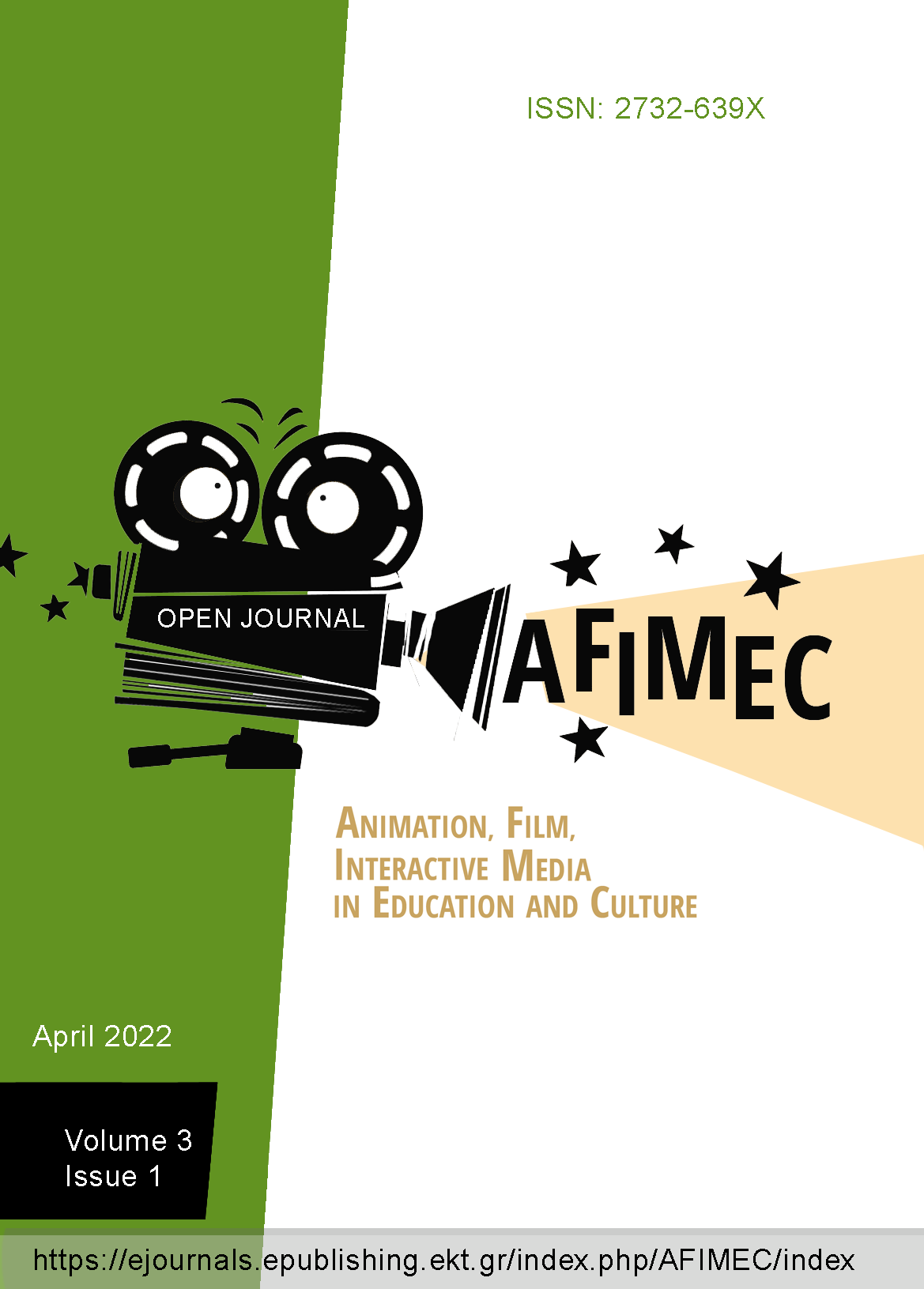Η διαταραχή αυτιστικού φάσματος στο σύγχρονο κινηματογράφο: Κινηματογραφικές αναπαραστάσεις σύμφωνα με τα διαγνωστικά χαρακτηριστικά του DSM- V
Resumen
Οι κινηματογραφικές αναπαραστάσεις των αυτιστικών ατόμων στον κινηματογράφο, υπόκεινται σε συζητήσεις με έντονο ενδιαφέρον τα τελευταία χρόνια. Ο προβληματισμός σχετικά με το αν αυτές οι αναπαραστάσεις είναι ακριβείς ή όχι, σχετίζεται με το ερώτημα αν μπορούν να οδηγήσουν σε στερεότυπες αντιλήψεις σχετικά με την διαταραχή. Σκοπός της παρούσας εργασίας, είναι να μελετήσει εάν οι αναπαραστάσεις ατόμων με διαταραχή αυτιστικού φάσματος, συνάδουν με τα διαγνωστικά κριτήρια του DSM-V. Το νόημα που προκύπτει από τα αποτελέσματα, συζητιέται σε σχέση με την πιθανή εκπαιδευτική αξία που μπορεί να έχουν οι κινηματογραφικές αναπαραστάσεις για το κοινό. Σύμφωνα με τα ευρήματα της μελέτης, οι κινηματογραφικοί χαρακτήρες με ΔΑΦ φαίνεται να πληρούν με ακρίβεια τα διαγνωστικά κριτήρια του DSM-V. Η πλειοψηφία των αναπαραστάσεων αφορά νεαρούς, λευκούς άνδρες, ενώ πολλοί από τους χαρακτήρες παρουσιάζουν ιδιαίτερες δεξιότητες και ταλέντα. Από την μελέτη των αποτελεσμάτων διαπιστώθηκε ότι, παρόλο που τα στερεότυπα που ακολουθούν την διαταραχή ήταν εμφανή στο δείγμα, ο κινηματογράφος θα μπορούσε να έχει και εκπαιδευτικό χαρακτήρα, κυρίως όσο αφορά πληροφόρηση και ευαισθητοποίηση του ευρύτερου κοινού.
Article Details
- Cómo citar
-
Αντώνογλου Μ., & Σοφός Α. (Λοΐζος). (2023). Η διαταραχή αυτιστικού φάσματος στο σύγχρονο κινηματογράφο: Κινηματογραφικές αναπαραστάσεις σύμφωνα με τα διαγνωστικά χαρακτηριστικά του DSM- V. Open Journal of Animation, Film and Interactive Media in Education and Culture [AFIMinEC], 4(1). https://doi.org/10.12681/afiinmec.34267
- Sección
- Articles
- Οι Συγγραφείς διατηρούν τα Πνευματικά Δικαιώματα και χορηγούν στο περιοδικό το δικαίωμα της πρώτης δημοσίευσης ενώ ταυτόχρονα τα πνευματικά δικαιώματα της εργασίας προστατεύονται σύμφωνα με την Creative Commons Attribution License που επιτρέπει σε τρίτους - αποδέκτες της άδειας να χρησιμοποιούν την εργασία όπως θέλουν με την προϋπόθεση της διατήρησης των διατυπώσεων που προβλέπονται στην άδεια σχετικά με την αναφορά στον αρχικό δημιουργό και την αρχική δημοσίευση σε αυτό το περιοδικό.
- Οι Συγγραφείς μπορούν να συνάπτουν ξεχωριστές, και πρόσθετες συμβάσεις και συμφωνίες για την μη αποκλειστική διανομή της εργασίας όπως δημοσιεύτηκε στο περιοδικό αυτό (π.χ. κατάθεση σε ένα ακαδημαϊκό καταθετήριο ή δημοσίευση σε ένα βιβλίο), με την προϋπόθεση της αναγνώρισης και την αναφοράς της πρώτης δημοσίευσης σε αυτό το περιοδικό.










